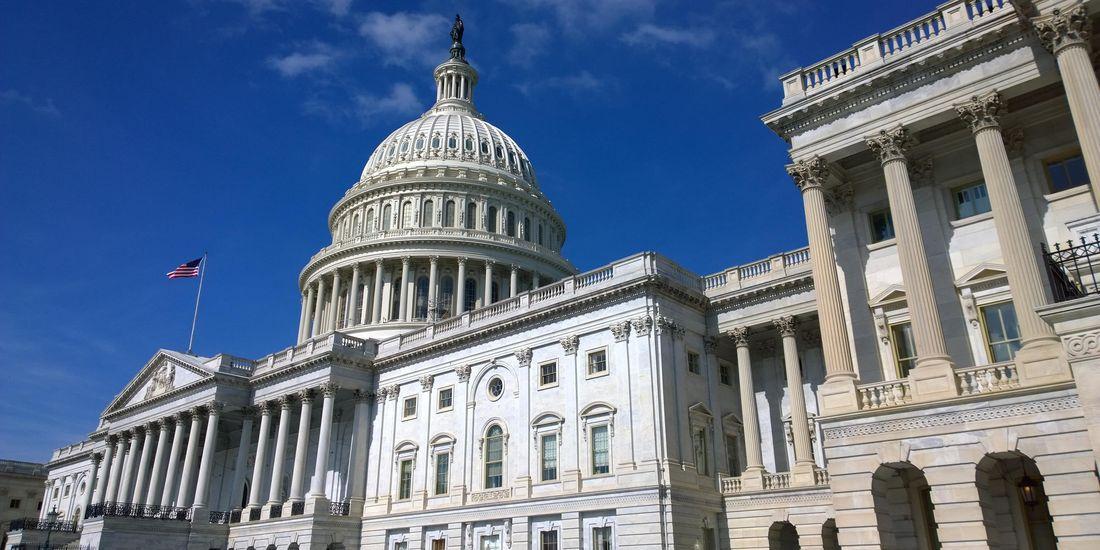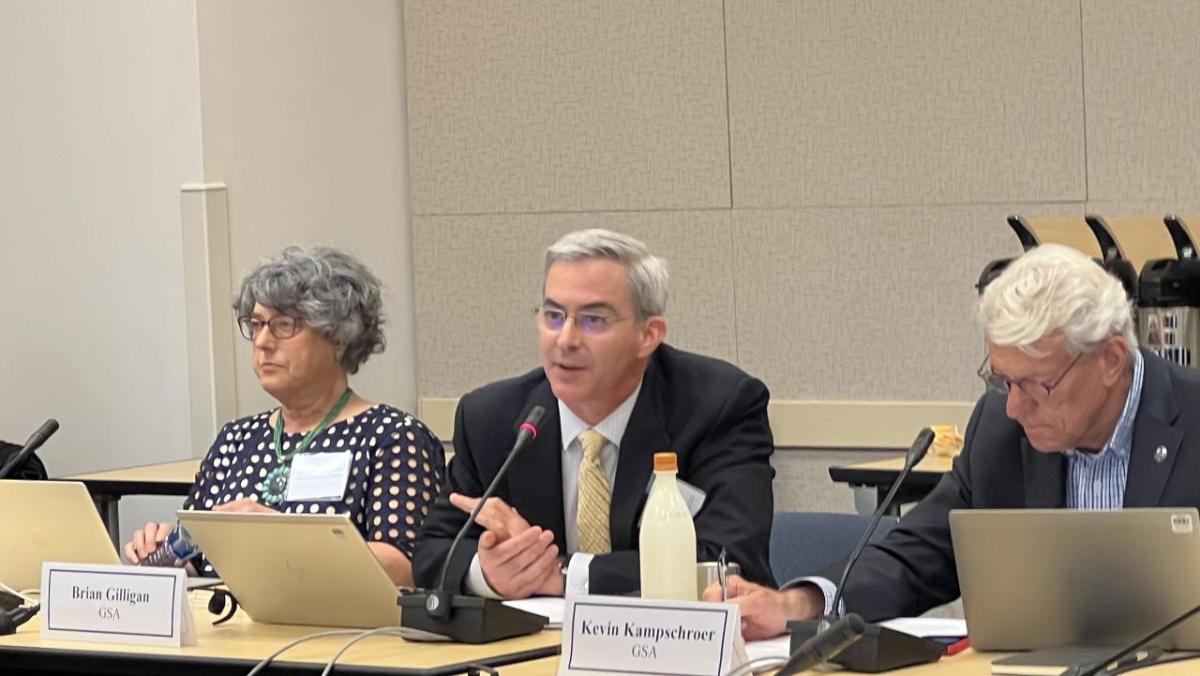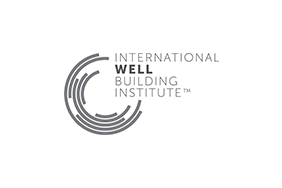
Now Reading
GSA Hosts Event To Elevate Health Leadership in Federal Buildings
As the first in the series, the General Services Administration and National Academies feature IWBI in a session focused on catalyzing partnerships and opportunities to create improved health in buildings for all federal employees
GSA Hosts Event To Elevate Health Leadership in Federal Buildings
As the first in the series, the General Services Administration and National Academies feature IWBI in a session focused on catalyzing partnerships and opportunities to create improved health in buildings for all federal employees
Published 06-29-23
Submitted by International WELL Building Institute

Healthy buildings took center stage late last month at a dynamic event titled, “Health in Buildings Partnerships and GSA’s Vision for the Future,” which was the first of a new signature series hosted by the U.S. General Services Administration (GSA), the nation’s largest public real estate organization that provides workspace for over 1 million federal workers, and the National Academies of Sciences, Engineering, and Medicine.
Defining the Role of Healthy Buildings in the Post-Pandemic Era
The featured panel, which included leaders and experts from across government and other organizations, including the International WELL Building Institute (IWBI), delved into the critical importance of prioritizing health in buildings for both office and remote workers in a post-COVID era.
“Buildings can protect you. They can make you well or they can make you sick,” said Dr. Whitney Austin Gray, Senior Vice President of Research at IWBI and one of the featured speakers on the panel. In her remarks, Dr. Gray underscored the huge impact buildings have on human health, noting people spend roughly 90 percent of their time inside a building. In her presentation, which covered the rise of the health in buildings movement and the rapid global adoption of WELL, she described how buildings, if approached with human health and well-being as a primary focus, can serve as “a prescription for health.”
Gray’s emphasis on IWBI’s work to translate research into action resonated throughout the discussion. As a public health advocate, she highlighted the inherent potential of buildings to safeguard and promote human health and the continued imperative to prioritize healthy indoor environments. “Now is the time to activate, to take up public health by positioning buildings to protect people from disease while helping to promote their well-being. Buildings can do both.”
The session showcased a diverse lineup of distinguished panelists, including several speakers from the Office of Federal High-Performance Green Buildings at the General Services Administration (GSA), including Kevin Kampschroer, Dr. Judi Heerwagen, Brian Gilligan, Bryan Steverson, and Michael F. Bloom.
The GSA panelists delved into past efforts and outlined a future vision for embracing health-enhancing strategies in buildings. Over the past two decades, the GSA and its partner organizations have developed tools and resources to help implement these strategies in federal buildings. The wealth of resources addresses crucial factors such as air quality, lighting, acoustics, thermal comfort, and other elements that significantly impact occupants’ well-being.
Driving Research to Better Support Federal Buildings
Bryan Steverson shared groundbreaking research on the influence of circadian lighting on human health. The GSA’s pioneering studies, conducted in federal buildings using wearable devices, sought to understand the effects of lighting on individuals’ well-being. Steverson emphasized the importance of data-driven decision-making, utilizing real-world scenarios rather than relying solely on laboratory environments. As a result, circadian lighting was successfully incorporated into the GSA’s Facilities Standards for the Public Building Service (P100), which establishes mandatory design standards and performance criteria for GSA-owned buildings.

During Brian Gilligan’s remarks, he introduced the Wellbuilt for Wellbeing initiative, a collaborative research collaboration across government agencies, industry experts and academic institutions to explore the nexus between indoor air quality, health and well-being. The initiative has helped advance research projects in partnership with Pacific Northwest National Laboratories and research teams in academia, generating multiple studies on more specific health strategies. One such study was focused on the role of relative humidity to improve the health and wellbeing of office workers. To date, Gilligan has helped to lead efforts to better understand how design layout, air quality, lighting, and noise impact occupant stress levels. The findings, documented in published research papers, offered invaluable insights for optimizing building layouts and operations. Another presenter, Sara Karerat, who leads research at the Center for Active Design, discussed GSA’s track record supporting health in buildings, highlighting additional ways to make progress and build partnerships.
Dr. Judi Heerwagen, a healthy building expert at GSA and member of IWBI’s Research Advisory, also presented, shedding light on the social impact of physical disconnection from the office workplace and its effect on mental health, including increased loneliness and substance abuse. The panel collectively acknowledged the transformational workplace shifts brought about by the pandemic and the heightened need to implement health strategies for people who are working at the office or at home.
Leveraging GSA Tools to Continue Momentum
Bryan Steverson also discussed the Total Workplace Scorecard, a new tool offered by the Office of High Performance Green Buildings to gauge strategies for creating healthier workspaces. The panel explored the scorecard’s usage across various buildings and asked questions about how it was being used to date.
Another national expert, Dr. Esther Sternberg, a Professor of Medicine in the University of Arizona College of Medicine – Tucson and Research Director of the Andrew Weil Center for Integrative Medicine and Director of the University of Arizona Institute on Place, Wellbeing & Performance, spoke at the event. Dr. Sternberg, another member of IWBI’s Research Advisory, highlighted several existing research efforts that show how deploying health-focused building strategies across the built environment advances cumulative health benefits for occupants.
Finally, Michael F. Bloom provided an overview of the Sustainable Facilities Tool (SFTool), an online federal resource clearinghouse that consolidates sustainable building practices into eight distinct modules and helps federal facility managers adopt health and sustainability practices. This extensive repository provides federal architects, engineers, and building professionals with the knowledge and tools needed to create healthier, more sustainable structures. Bloom, looking forward, also emphasized the significance of fortifying buildings to withstand future pandemics and health challenges, fostering resilience and adaptability.
The key message throughout the event was the role of partnership to translate research to action and research into practice across the GSA. The lessons learned through ongoing applied research and public dissemination of information on healthy buildings strategies was elevated during the session and IWBI was honored to be a leading expert and supportive partner of the movement.
Over the coming months, GSA and the National Academies will continue to host additional events in this series. The full schedule can be found here.

International WELL Building Institute
International WELL Building Institute
The International WELL Building Institute (IWBI) is a public benefit corporation and the world’s leading organization focused on deploying people-first places to advance a global culture of health. IWBI mobilizes its community through the administration of the WELL Building Standard (WELL Standard) and WELL ratings and certifications, management of the WELL AP credential, the pursuit of applicable research, the development of educational resources and advocacy for policies that promote health and well-being everywhere. More information on WELL can be found here.
IWBI is a participant of the United Nations Global Compact, the world’s largest corporate citizenship initiative, and helps companies advance the UN Sustainable Development Goals (SDGs) through the use of WELL.
More from International WELL Building Institute
